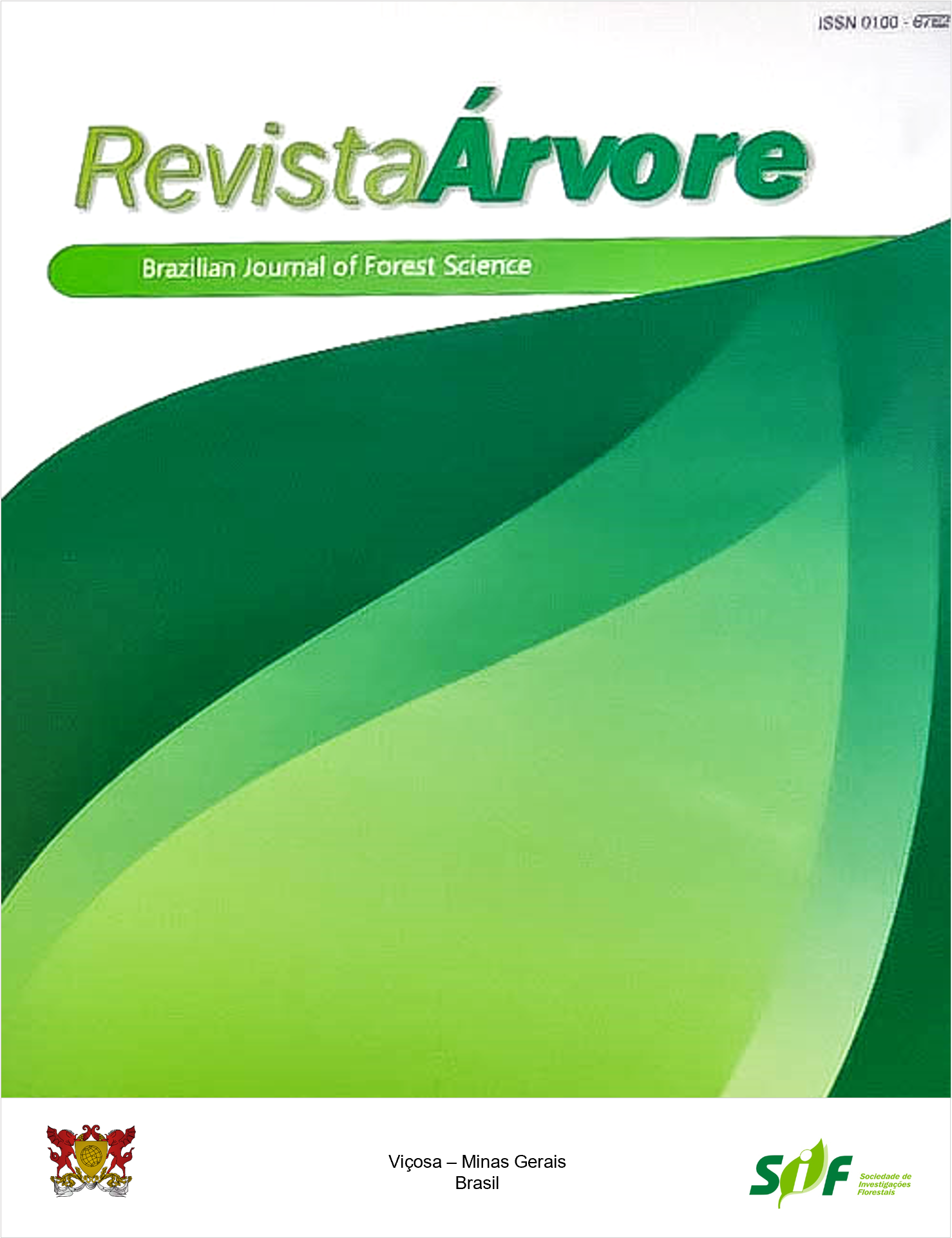MIXED MODELS FOR NUTRIENTS PREDICTION IN SPECIES OF THE BRAZILIAN CAATINGA BIOME
Keywords:
Caatinga Biome, NPK, Fixed and Random EffectsAbstract
Nutrient prediction models applied to tree species from Brazilian Caatinga can be a crucial tool in understanding this biome. The study aimed to fit a mixed model to predict nitrogen (N), phosphorus (P), and potassium (K) content in tree species native to the Caatinga biome located in Floresta municipality, Pernambuco State – PE, Brazil. The following species were considered the area’s most important and evaluated in the present study: Poincianella bracteosa (Tul.) L.P.Queiroz, Mimosa ophtalmocentra Mart. ex Benth, Aspidosperma pyrifolium Mart, Cnidoscolus quercifolius (Mull. Arg.) Pax. & Hoffm, and Anadenanthera colubrina var. cebil (Griseb.) Altschul. Four trees, representing the average circumference in each diameter class, were harvested for NPK quantification. The Spurr model was evaluated for NPK prediction, and species inclusion as a random effect was significant (p > 0.05) in all models. The Spurr model with fixed and random effects presented better statistics than fixed-effect models in all parameters for all nutrients. Generated NPK predicting equations can be a handy tool to understand the impact of wood extraction over Caatinga’s biogeochemical cycles and guide forest management strategies in semi-arid regions of the world.
Keywords: Caatinga Biome; NPK; Fixed and Random Effects
Downloads
Published
How to Cite
Issue
Section
License
All authors agreed to submit the work to Revista Árvore and granted the exclusive license to publish the article. The authors affirm that it is an original work and has not been previously published elsewhere. The scientific content and opinions expressed in the article are the sole responsibility of the authors and reflect their opinions, not necessarily representing the opinions of the editorial board of Revista Árvore or of the Society of Forest Investigations (SIF).




